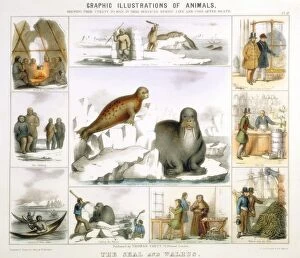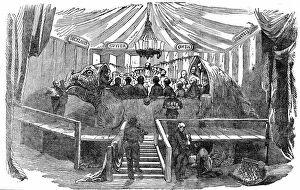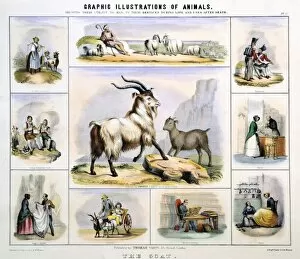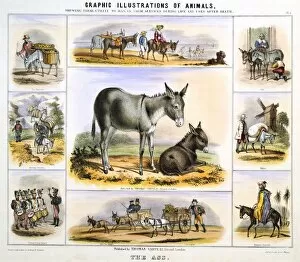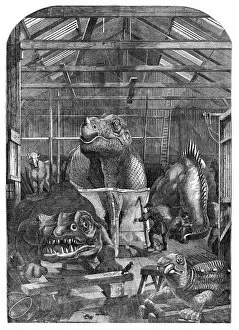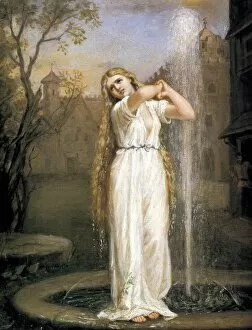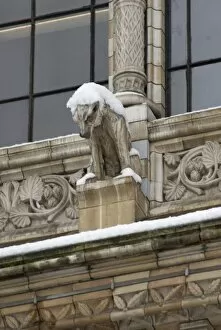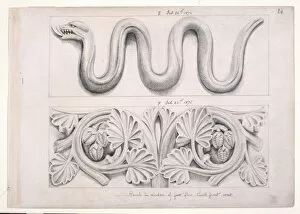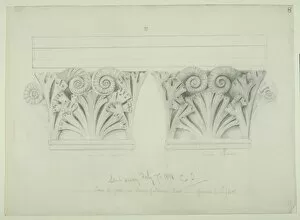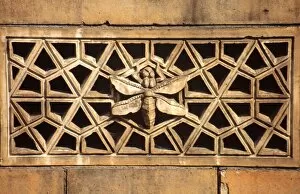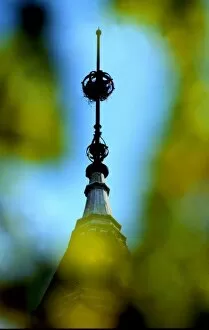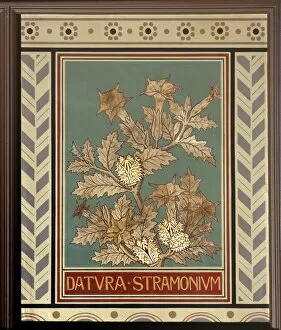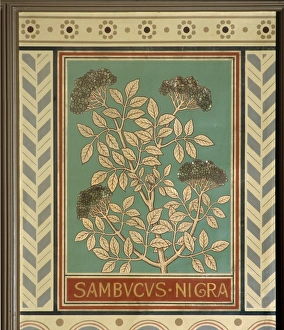Waterhouse Collection (page 3)
Waterhouse, the renowned artist of the late 19th and early 20th centuries, captivated audiences with his mesmerizing paintings
All Professionally Made to Order for Quick Shipping
Waterhouse, the renowned artist of the late 19th and early 20th centuries, captivated audiences with his mesmerizing paintings. One of his most famous works is "Lady of Shalott" from 1888, which depicts a tragic figure trapped in her own world. The haunting beauty and intricate details in this masterpiece showcase Waterhouse's exceptional talent. In another notable piece titled "I am half sick of shadows, " created around 1911, Waterhouse explores themes of introspection and longing. The painting exudes a sense of melancholy as it portrays a woman lost in thought amidst an ethereal backdrop. Waterhouse's fascination with mythology is evident in his artwork as well. In "Circe Invidiosa" from 1892, he brings to life the enchantress Circe who holds a venomous snake while casting her spell. This captivating portrayal showcases Waterhouse's ability to capture both beauty and danger within one composition. The artist also delved into literature for inspiration, as seen in his depiction of Miranda from Shakespeare's play "The Tempest. " Painted in 1916, this piece captures the innocence and curiosity that define Miranda's character. Not limited to mythological or literary subjects, it also explored other themes such as mermaids. His painting simply titled "A Mermaid" showcases his mastery over capturing delicate features and creating an atmosphere filled with mystery. Narcissus and Echo are brought to life through Waterhouse's artistic interpretation as well. His rendition reflects Narcissus' self-absorption mirrored by Echo's unrequited love—a poignant representation of human emotions entwined with Greek mythology. Aside from John William Waterhouse’s artworks, it is important not to confuse him with Alfred Waterhouse—the architect responsible for designing London’s iconic Natural History Museum. This architectural marvel stands tall today thanks to Alfred’s vision and creativity. Even beyond artistry lies another connection to the Waterhouse name.






